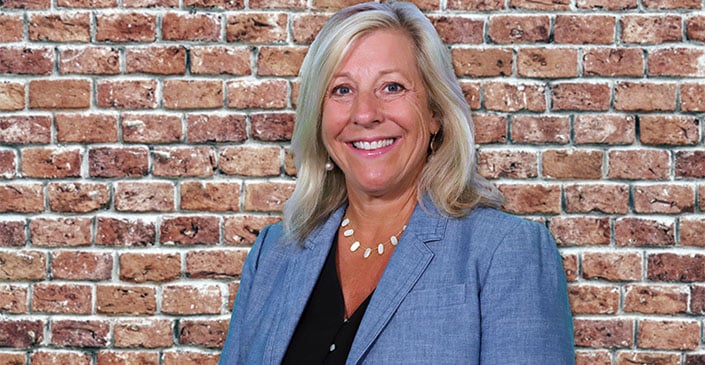Travel & Expense Forecasting and Budgeting Insights
Stacie Schmahl
We recently posed a series of questions—both strategic and light-hearted—to our Vice President of Corporate Travel, Stacie Schmahl. Her responses are designed to help you shape your 2026 Travel & Expense budget and support internal and external planning conversations. No spreadsheets required—just thoughtful, actionable insights.
Budget Timing & Process
1. When do you typically kick off the travel and expense budgeting process?
Our budgeting process generally kicks off in August, following our review of July’s results and projections for the remaining five months of the year. Budget targets are typically communicated in early September, and we aim to finalize the initial draft by mid-September.
What’s Shaping Travel Right Now
2. Are post-pandemic trends still influencing the budgeting process, or have other factors taken the lead?
We’re no longer seeing significant post-pandemic impacts on travel patterns or policies. Supplier pricing has largely stabilized as we head into 2025. The primary focus has shifted toward maintaining a cost-effective program that ensures traveler safety, security, and—on longer-haul trips—a little added comfort.
3. Are there any new trends or shifts that we should be paying attention to this year?
Yes—economic uncertainty is having a notable effect. Concerns around government policies, tariffs, and global recession risks are influencing how organizations approach travel. We’re seeing decreased confidence, which leads to more cautious travel planning. Additionally, travel supplier strategies are evolving—whether through NDC (New Distribution Capability) or AI-driven pricing models—which will continue to shape spend and negotiations.
Looking Back & Ahead
4. What had a greater impact on this year’s budget than expected?
Revenue pressure stemming from conservative financial strategies has had the most significant influence.
5. Where do you see the most uncertainty as we plan for 2026?
Global economic volatility—including policy shifts, inflation, and fluctuating demand—will likely have the greatest impact on 2026 corporate travel planning.
Travel Policy & Internal Planning
6. Have there been any recent policy changes that could affect budgeting?
While we haven’t made changes to our 2025 travel policy, we’ve asked associates to carefully evaluate the necessity of each trip. This helps ensure we remain agile and ready to adapt to any shifts in our business environment.
7. How do you align with internal teams to anticipate major travel initiatives?
Each business function is responsible for creating its own T&E budget, guided by company-wide expectations for growth. Leaders can adjust their budgets as needed, provided we remain on track to meet our revenue and margin goals.
Tracking & Forecasting
8. What tools or reports do you use to track budget adherence?
We rely on dashboards and department-level reports. During monthly financial reviews, teams discuss their performance and identify opportunities to adjust—either by reducing expenses or generating additional revenue. Travel remains a controllable cost, and while we treat it as a last resort lever, we value the role travel plays in sustaining and growing customer relationships.
Growth & Business Shifts
11. How do you factor new business or client changes into travel planning?
We use a reliable forecast model that accounts for current clients and projected sales growth. We incorporate historical trends, client-specific data, and macroeconomic forecasts to create a realistic view of upcoming travel needs.
A Few Fun (But Still Useful) Questions
12. Most recent business trip? Next destination?
I recently traveled to Atlanta. My next trip is to our corporate headquarters in Wilmington, Delaware.
13. What made the last trip memorable?
Even with a crowded ATL airport, I navigated a smoother security experience by choosing a lesser-known checkpoint. It made the entire trip much less stressful!
14. Favorite airport restaurant—no budget limits?
Convenience is key for me. PF Chang’s in Terminal A at Atlanta Hartsfield is my top pick for quick, quality food—even if I’m not flying from that terminal. For something sweet, I always swing by Piece of Cake in the same terminal.
15. Final advice for travel policy compliance?
Make the policy easy to find, simple to understand, and relevant to travelers. I recommend an FAQ supplement and breaking the policy into clear, bite-sized sections. Communication is critical—from onboarding to regular updates—and should span multiple channels. When employees see how policy supports their safety, faster reimbursements, and broader company performance, they’re more likely to comply.